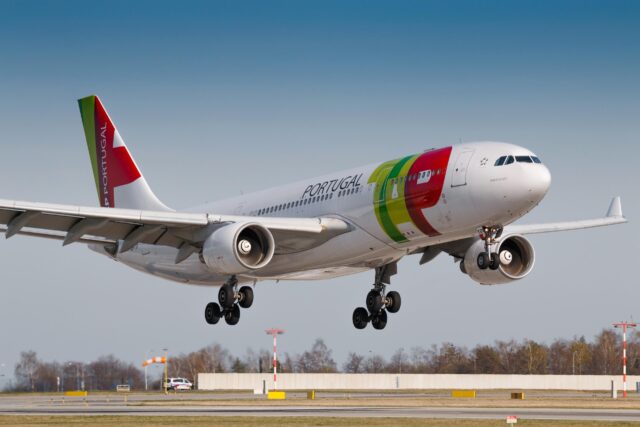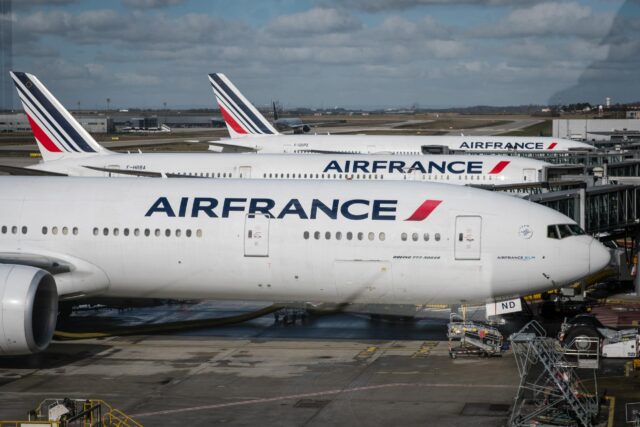MagniX launches next phase in NASA electrification programme

MagniX, a company working on electric aviation, has launched the next phase in the NASA Electrified Powertrain Flight Demonstration programme (EPFD) as it unveiled the De Havilland DHC-7 (Dash 7) aircraft that will be retrofitted with magniX’s electric powertrains.
The aircraft, which was revealed at a ceremony in Seattle, Washington, featured the logos of magniX, NASA, and the provider of the Dash 7, Air Tindi.
In the next phase of EPFD, one of the aircraft’s four turbine engines will be replaced with a magniX electric powertrain, with test flights planned for 2026. The following stage will see a second turbine engine substituted with another magniX powertrain. This configuration is expected to reduce fuel consumption by up to 40%.
“MagniX and NASA are demonstrating that sustainable flight can be realised with technology that we have available today,” said Ben Loxton, magniX’s VP of EPFD and Electric Storage Systems (ESS). “The EPFD program is accelerating its readiness for entry into service, prioritizing safety and the highest standards of performance.”
“As EPFD makes outstanding progress, magniX and NASA are proving the feasibility of electric propulsion for commercial flight,” said Reed Macdonald, CEO of magniX. “Integrating our game-changing electric powertrains into a regional airliner such as the Dash 7 represents a major step forward in bringing electric solutions into the business of aviation.”
“We at NASA are excited about EPFD’s potential to make aviation sustainable and more accessible to more U.S. communities,” said Robert A. Pearce, associate administrator for NASA’s Aeronautics Research Mission Directorate. “Hybrid electric propulsion on a megawatt scale accelerates U.S. progress toward its goal of net-zero greenhouse gas emissions by 2050, benefitting all who rely on air transportation every day.”
















